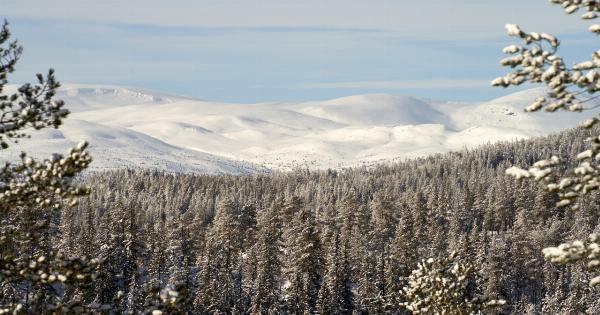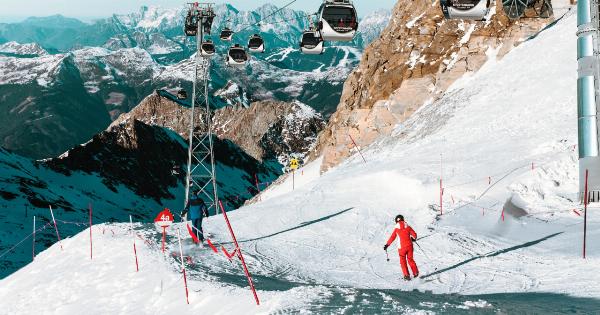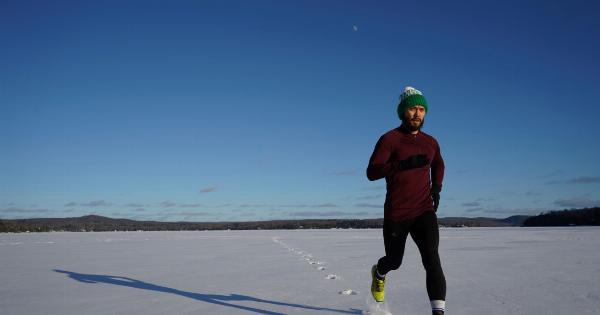Winter is a season that many people love and hate. Some love the snow, ice and skiing while others loathe the cold, dark and slippery roads. Regardless of your opinion on the season, the origins of winter are fascinating.
Understanding where winter comes from and why it exists can add to your appreciation of the season and help you enjoy it more.
What Causes Winter?
Winter is caused by the Earth’s tilt on its axis. The Earth tilts at a 23.5° angle as it revolves around the sun. This tilt is what causes the seasons. When the northern hemisphere is tilted away from the sun, we experience winter.
The opposite is true for the southern hemisphere which experiences winter when it is tilted away from the sun.
As the Earth rotates, different parts of the planet receive different amounts of sunlight. During the winter, the northern hemisphere receives less sunlight than the rest of the year.
This is because the sun is at a lower angle in the sky and the days are shorter. The opposite is true for the southern hemisphere which receives more sunlight during their summer season.
Winter Solstice
The winter solstice is the shortest day of the year and marks the official start of winter. It usually falls on December 21st or 22nd in the northern hemisphere and June 21st or 22nd in the southern hemisphere.
The winter solstice is caused by the Earth’s tilt and its position in orbit around the sun. On this day, the northern hemisphere is tilted the farthest away from the sun and receives the least amount of sunlight. After the winter solstice, the days start to get longer and the nights shorter.
Astronomy of Winter
The stars and planets in the winter sky are some of the brightest and most recognizable. Constellations like Orion, Taurus, and Canis Major are visible in the northern hemisphere during the winter months.
The winter constellations are visible because the Earth is facing away from the center of the galaxy and facing these brighter stars. Winter is a great time to enjoy stargazing and to learn about the constellations in the sky.
Winter Sports
Winter sports are a fun way to enjoy the season and embrace the cold weather. Skiing, snowboarding, ice skating, and sledding are popular winter sports that can be enjoyed by all ages.
These sports are a great way to get outside and exercise during the winter months. Many ski resorts offer packages that include lodging, meals, and lift tickets making it an affordable family vacation option.
Winter Activities
Not everyone enjoys skiing or snowboarding, but there are still plenty of winter activities to enjoy. Snowshoeing, ice fishing, and even building snowmen can be enjoyed during the winter.
Many cities and towns host winter festivals with activities for all ages. These festivals can include ice sculpting, snowshoe races, and even a polar bear plunge. Winter is a great time to enjoy activities and events that are unique to the season.
Winter Travel
Winter travel can be challenging due to weather conditions, but it can also be an exciting and memorable experience. Snowy landscapes, frozen lakes, and scenic winter drives can make for a beautiful and peaceful vacation.
Many national parks and ski resorts offer winter lodging and winter activities for visitors. Winter travel can be a great way to escape the hustle and bustle of everyday life and experience the beauty of the season in a new way.
Conclusion
Winter is a fascinating season with a rich history and fascinating astronomy. Understanding the origins of winter can help you appreciate the season and find new ways to enjoy it.
Whether you enjoy winter sports, activities, or travel, there are plenty of ways to embrace the season and make it a time of joy and excitement.























